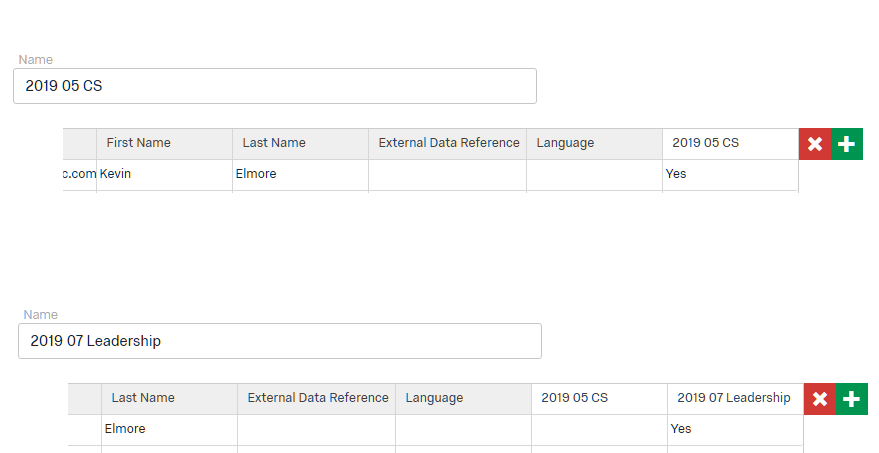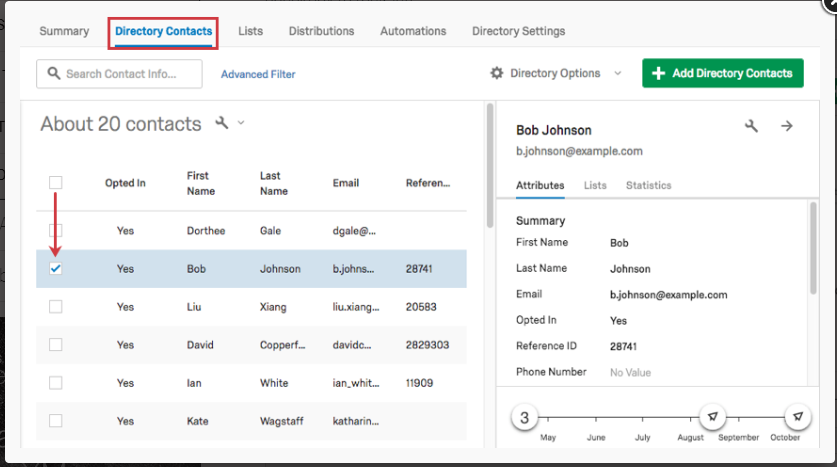I would like to assign a variable to each e-mail distribution. For example, Bob may be part of the customer service program. I would like to schedule an e-mail distribution that passes 2019 05 CS as the program rather than include that as a question. I thought I could add it as an external data reference, and I managed to do that. But then later Bob goes through the leadership development program, and I want to schedule the same survey that passes 2019 07 Leadership as the external data reference.
But as I do this, it looks like Bob's external data reference in the CS survey changes to the Leadership value, which of course could be a problem if he doesn't complete the survey before this changes.
My intent is to collect the survey for everything but filter the results according to the training programs they've been identified with. I'm starting to think that External Data Reference is not the way to go.
Best answer by JenCX
View original



